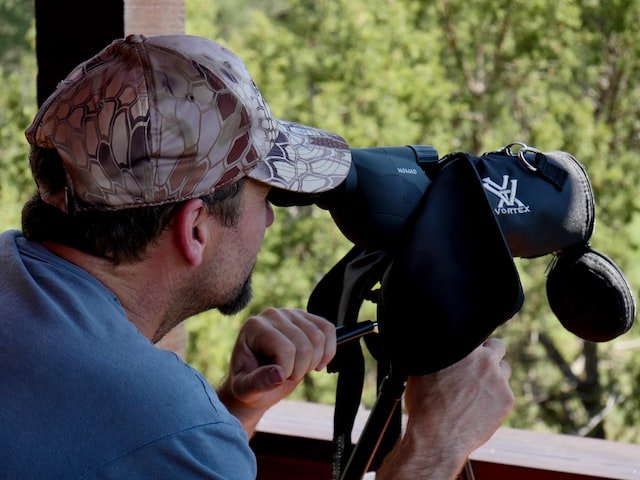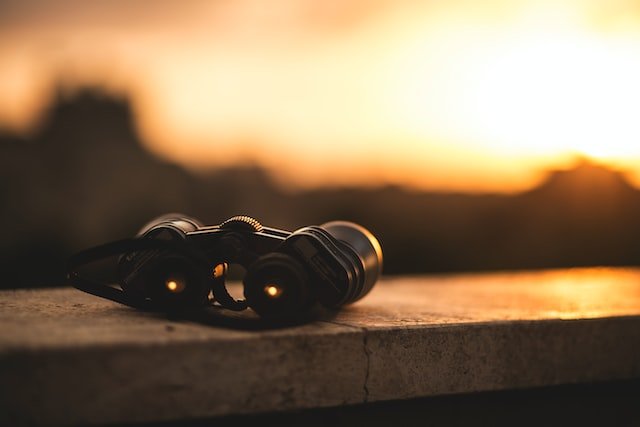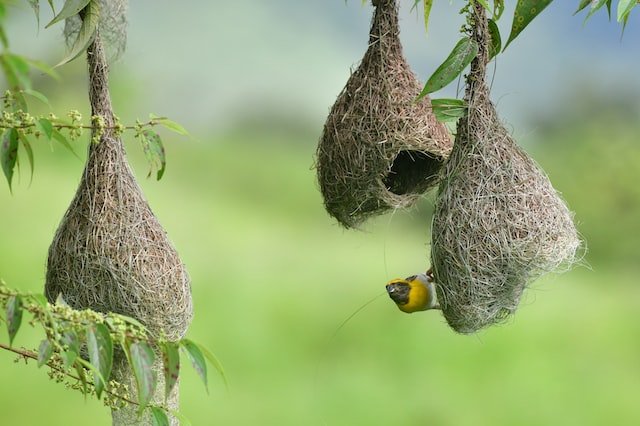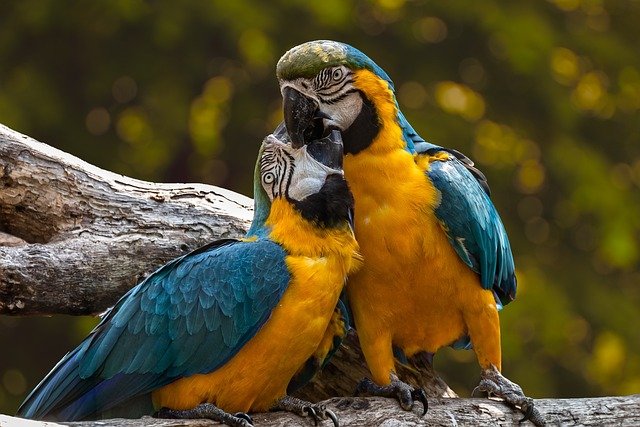All about Birds
See Bird: A Comprehensive Guide to Birdwatching
I. Introduction
Do you love spending time outdoors watching birds? If so, then you’ll want to check out this comprehensive guide to birdwatching! In this post, we’ll discuss everything from the basics of birdwatching to the best ways to improve your skills. We’ll also provide tips on where to find great birdwatching spots near you. So what are you waiting for? Start reading and get ready to see some amazing birds!
A. What is Birdwatching?
Birdwatching is a popular hobby, also known as ornithology, that involves the observation and identification of birds in their natural habitats.

It’s an activity where you don’t just see birds; you appreciate them for their beauty and environmental importance. You learn about their anatomy and behavior. You may find that it’s the perfect way to escape from everyday life and enjoy the wonders of nature. Keep your eyes peeled!
You never know what surprises might be waiting around the corner; all sorts of interesting species can show up when you’re out birdwatching.
B. Benefits of Birdwatching
Birdwatching is an interesting and enjoyable hobby that provides various benefits.
It allows you to see bird species you can’t see in your backyard, allowing you to appreciate their variety and intricacy.
It also provides an opportunity to get closer to nature, with the sights, smells, and sounds of the different bird habitats providing a stimulating atmosphere. In addition, the physical activity that comes with walking around or even hiking to see birds can help keep you fit.
Other benefits include improved mental health due to the calming effects of being in nature and improving observation skills by monitoring birds’ behavior closely.
If scientific research is more your cup of tea, birdwatching can be a great way for you to observe rare species for such purposes as well!
C. Types of Birds to Look for
Although any birdwatching experience can be enjoyable, it helps to know what type of birds to look for so you don’t miss a glimpse of something interesting.
Depending on your location, some of the most common birds to see include ducks, hawks, owls, woodpeckers, robins, and blue jays. For the adventure enthusiast, spotting rarer species like bluebirds or swallows can make birdwatching extra exciting.
Additionally, shorebirds such as seagulls or herons may be seen if you are close enough to a large body of water. Identifying them correctly is also part of the challenge!
Whatever you see during your next birdwatching outing, remember that no matter how common or exotic the species is – just enjoy the moment!
II. Getting Started with Birdwatching
A. Essential Gear and Accessories
The most essential gear and accessories for the perfect birdwatching experience are binoculars, computational aids (such as eBird), bird-identification books and apps, hideouts and blinds, field scopes, and outdoor clothing.
- Binoculars will help you see birds from a distance so that you can get even closer to see their beauty
- Computational aids like eBird will give you data on bird sightings around your area so that you don’t miss any rare appearances
- Bird identification books and apps will help you identify what species of birds you see
- Hideouts and blinds can make it easier to see birds in their natural habitat without them noticing you
- Field scopes can give your observations incredible amounts of detail
- Finally, outdoor clothing such as waterproof jackets or camouflaged hats should never be left at home
With these essential gear and accessories by your side, the perfect birdwatching experience awaits.
B. Tips for Beginners
Once equipped, find a spot with good visibility, such as near a feeder or open field, and wait for birds to come into view. Use your binoculars or scope to get the best view of their defining characteristics so that they can be easily identified. Be patient—birdwatching is all about observing the rhythms of nature’s creatures.

As a beginner, it may take time before you see results but if your enthusiasm never fades, there is nothing stopping you from becoming an expert birder!
III. Improving Your Birdwatching Skills
A. Bird Identification
One of the most important parts of birdwatching is being able to see and identify different birds in the wild, so taking time to learn about their behaviors, physical features and calls can help you see far more than you ever thought possible.
Start by just taking some time to observe casually. See where and when certain species show up in your area, what they eat, and how they act around other birds. Once you’re comfortable recognizing the more common varieties of birds in your area, increase difficulty gradually by delving into lesser-known species.
B. Habitat and Behavior of Birds
In addition to simply recognizing different birds, it helps to understand the habitats and behaviors of these creatures in order to maximize your viewing opportunities. Knowing how and where birds feed, migrate, nest and flock can help you predict where they will be at any given time of year.
Local birding guides or online resources can help provide detailed information on species-specific behavior and habitats. As you gain experience, you will be able to identify areas that are most likely to hold certain birds more easily.
C. Birding Apps to Help You Identify Species
In this day and age, there are many great applications designed specifically for birdwatchers.
These apps can make the process of identifying birds in the wild easier, faster, and more enjoyable. They often include detailed pictures and descriptions so that you don’t need to carry large birding books around with you.
Some even have audio recordings of the different bird calls that you can use to identify species from a distance.
IV. Finding the Best Places for Birdwatching Near You
A. Local Bird Sanctuaries and Nature Reserves
The best way to go birdwatching is by heading out to nature reserves and sanctuaries that are dedicated to the conservation of birds.

These areas may be restricted or open to the public, but all of them will offer a great opportunity for spotting some beautiful birds in their natural habitats. Some online birding portals can provide you with a list of these places with their exact locations, along with any special rules or suggestions.
B. Local Parks
Local parks are another popular spot for birdwatchers since they often have a variety of birds visiting them throughout the year. Look for areas that have plenty of trees, shrubs, and grasses as this will attract more birds. Parks near bodies of water such as lakes or rivers can be especially fruitful since birds need to have access to water for drinking and bathing.
V. Conclusion
Birdwatching is an activity that takes patience and dedication, but the rewards are worth it. With the right equipment, knowledge, and resources, you can discover a whole new world of fascinating creatures living among us in our own backyards. So grab your binoculars, put on your walking shoes, and get ready to explore – the perfect bird awaits!
FAQs
Q. What is the best time of day to go birdwatching?
A. The best times for birdwatching are generally early in the morning or late in the afternoon, when birds are most active and there is less disturbance from other activities. This is also when light levels are at their best, making it easier to spot birds and identify them.
Q. What type of equipment do I need to go birdwatching?
A. The most important item for birdwatchers is a pair of binoculars, which will help you spot more distant birds and get a better look at them. A field guide and notebook are also helpful for recording information about the birds you see. You may also want to bring a telescope or camera with a telephoto lens for capturing more detailed views of the birds.

